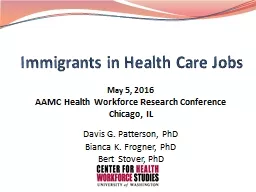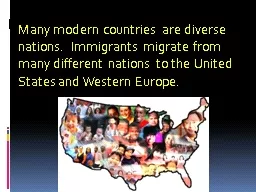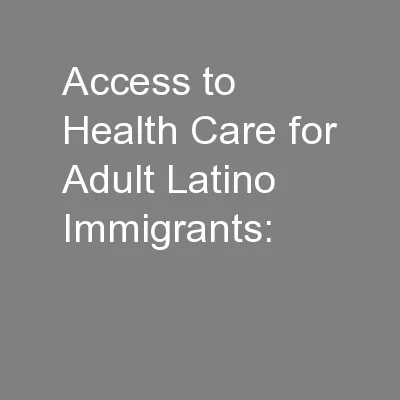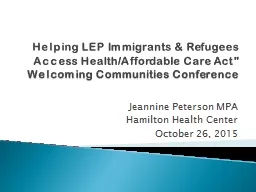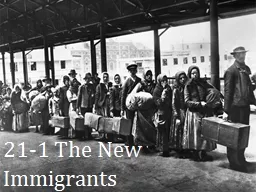PPT-Immigrants in Health Care Jobs
Author : debby-jeon | Published Date : 2017-05-25
May 5 2016 AAMC Health Workforce Research Conference Chicago IL Davis G Patterson PhD Bianca K Frogner PhD Acknowledgment amp Disclaimer This study was supported
Presentation Embed Code
Download Presentation
Download Presentation The PPT/PDF document "Immigrants in Health Care Jobs" is the property of its rightful owner. Permission is granted to download and print the materials on this website for personal, non-commercial use only, and to display it on your personal computer provided you do not modify the materials and that you retain all copyright notices contained in the materials. By downloading content from our website, you accept the terms of this agreement.
Immigrants in Health Care Jobs: Transcript
Download Rules Of Document
"Immigrants in Health Care Jobs"The content belongs to its owner. You may download and print it for personal use, without modification, and keep all copyright notices. By downloading, you agree to these terms.
Related Documents

